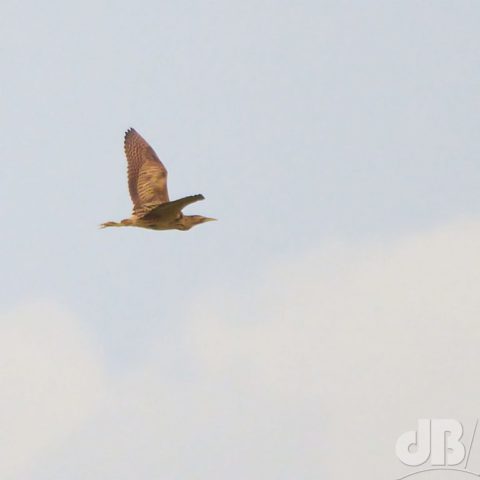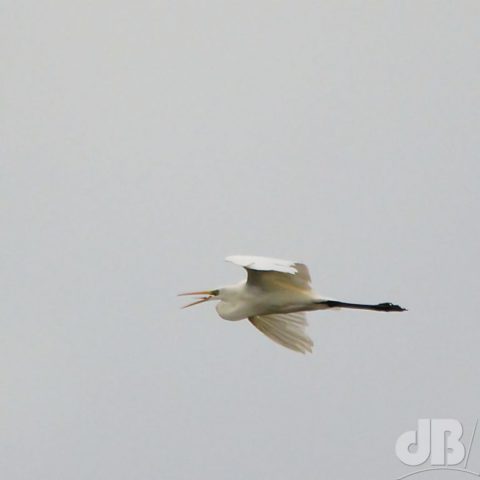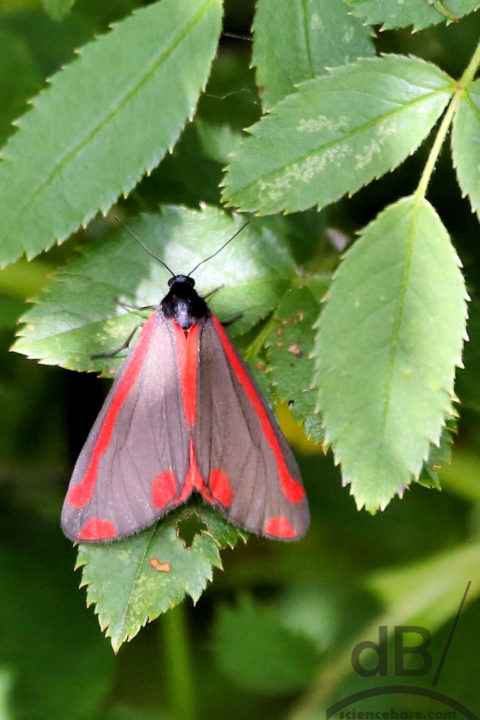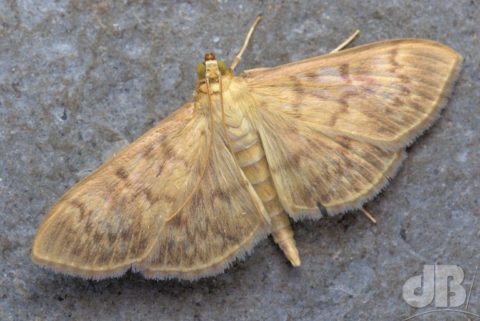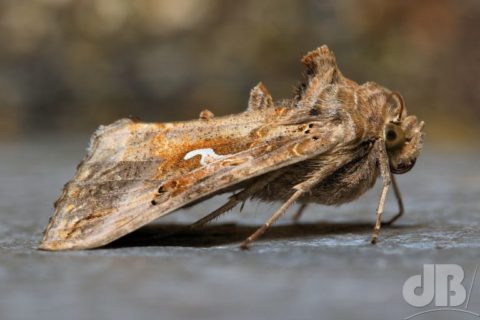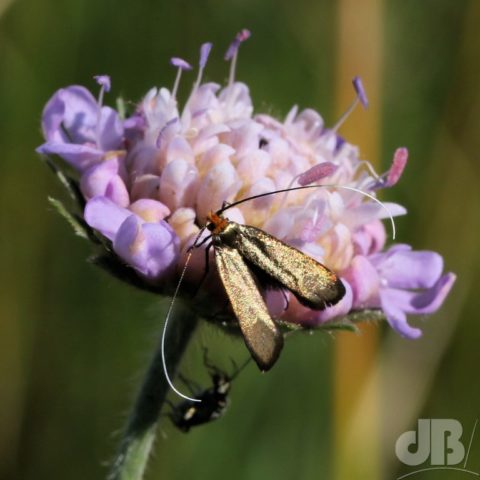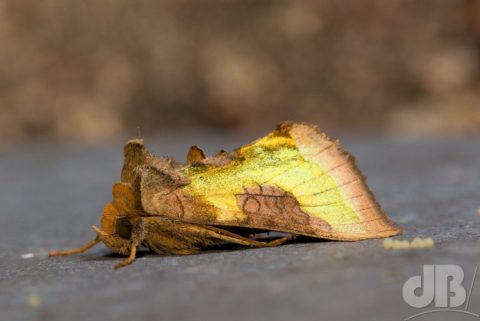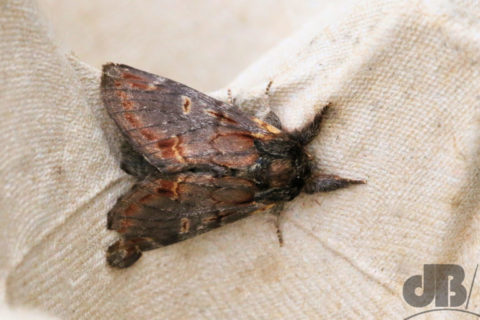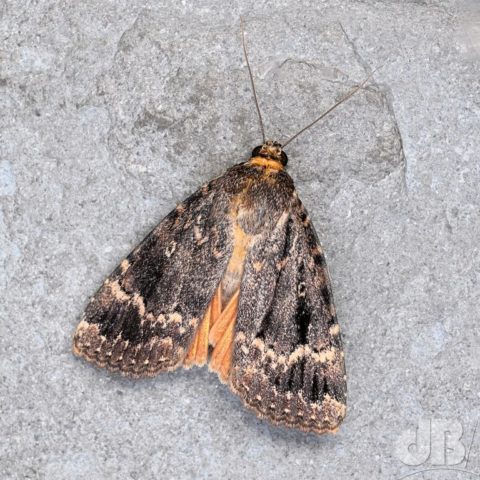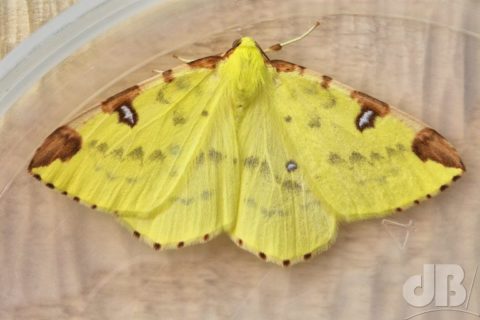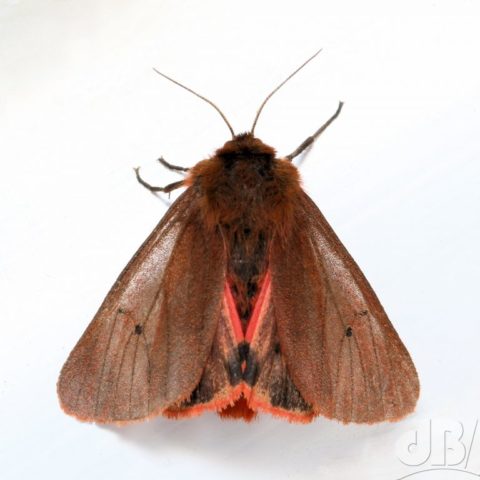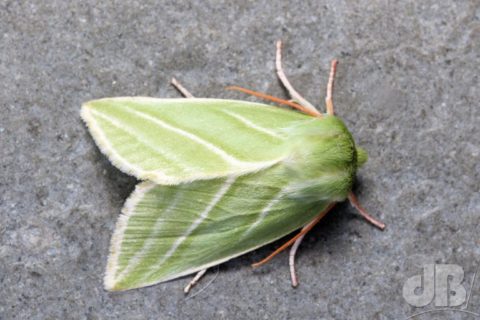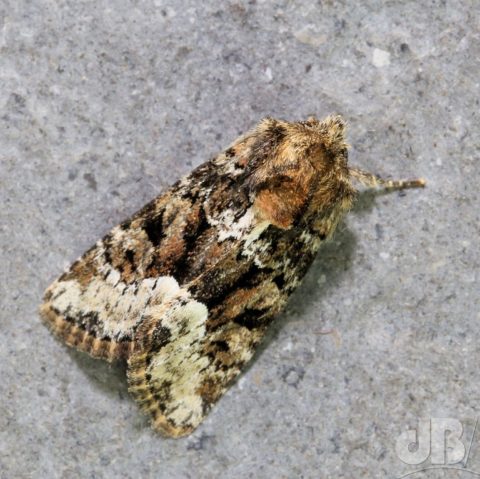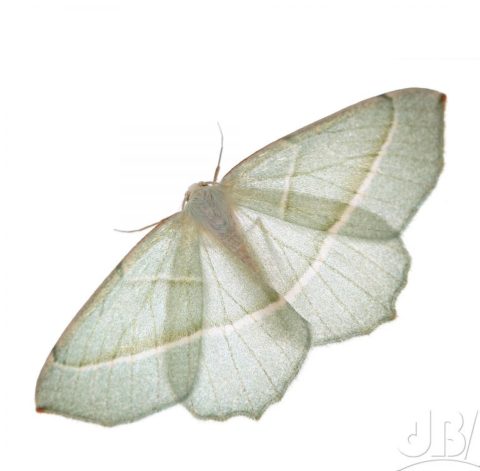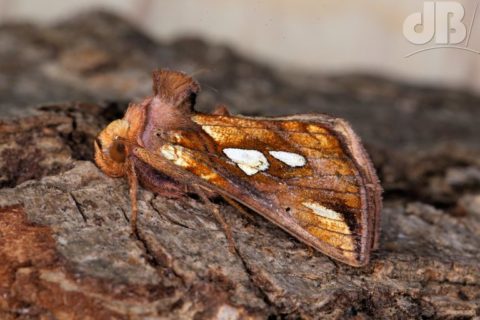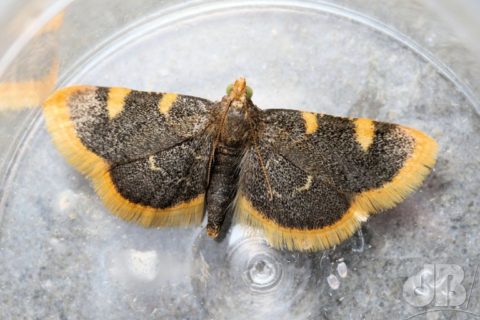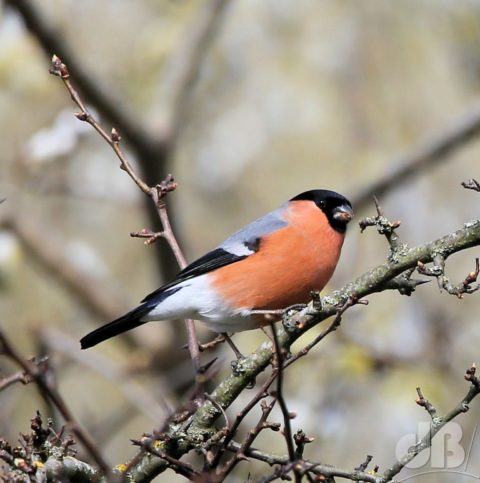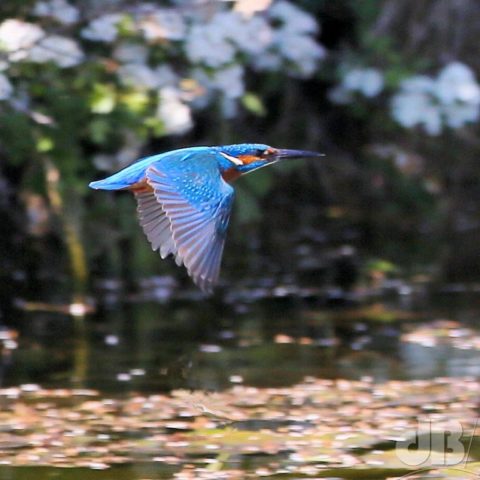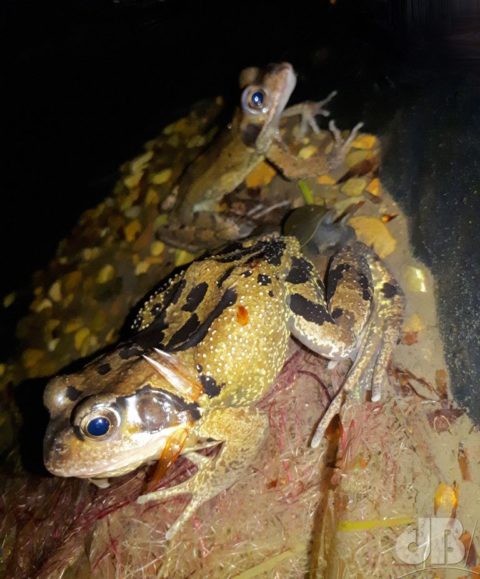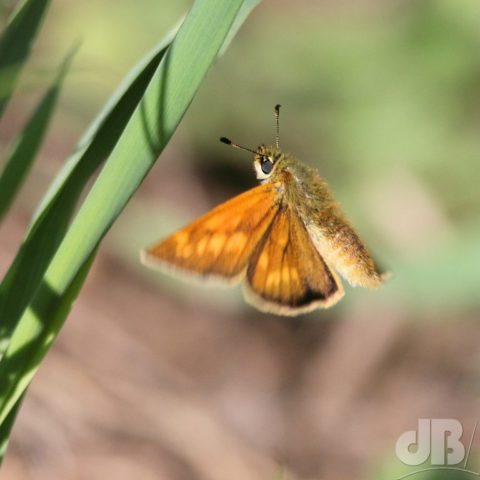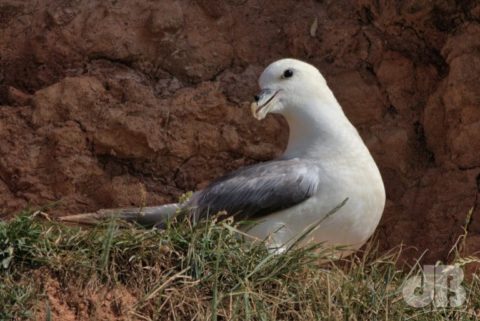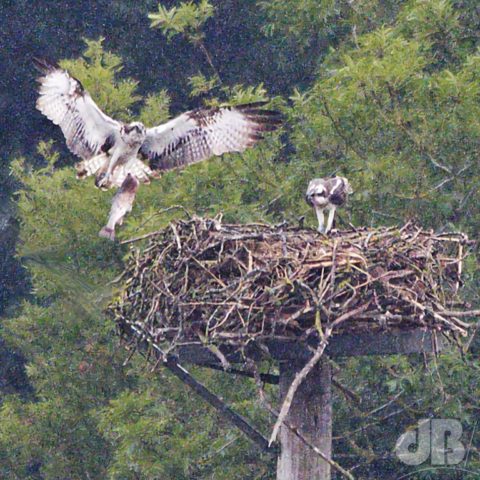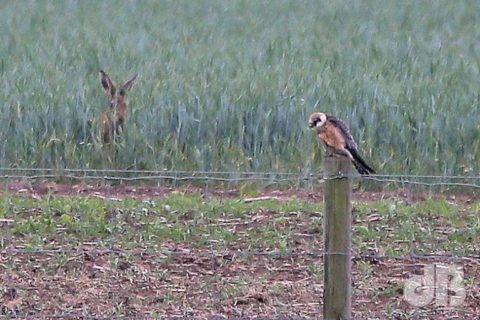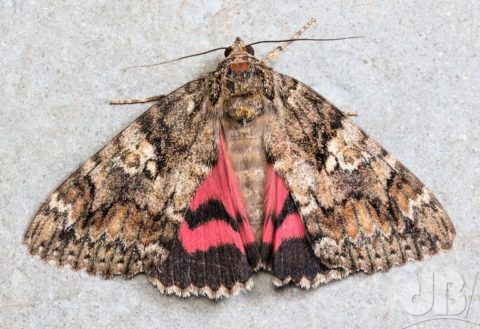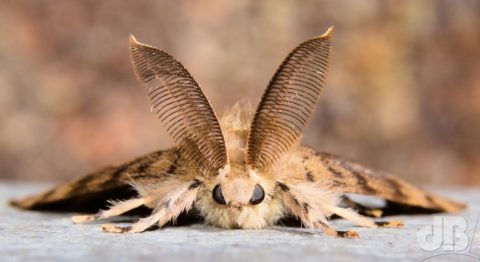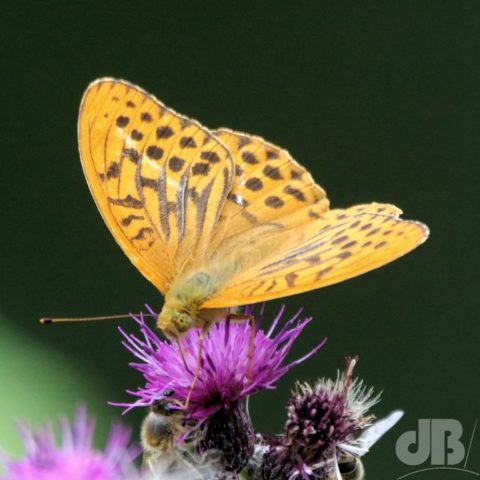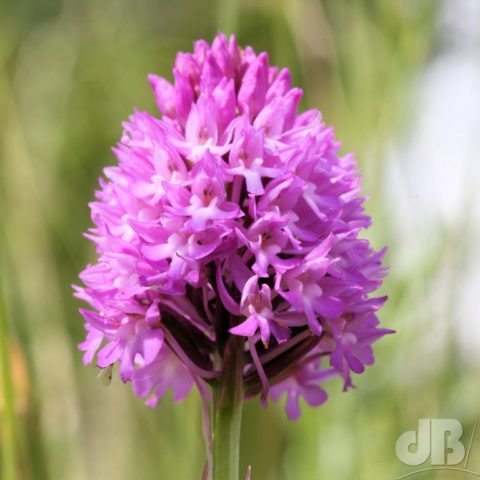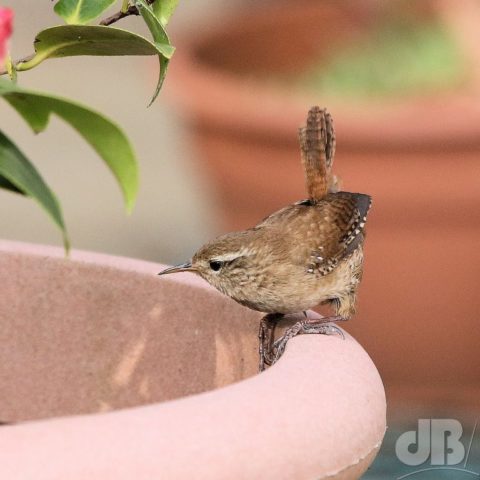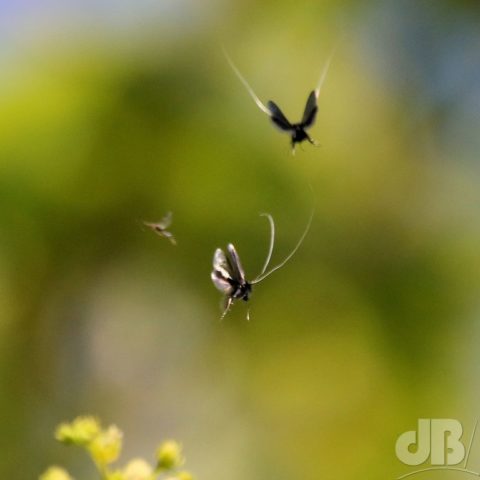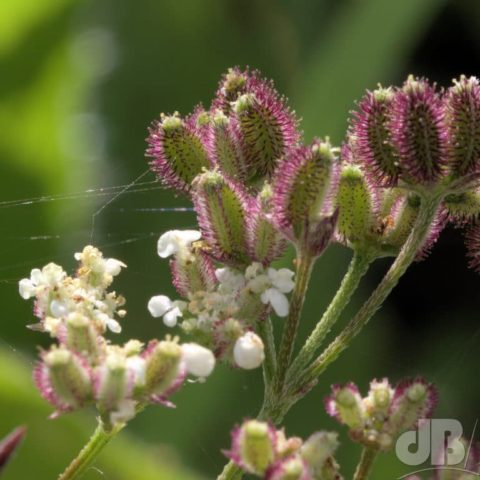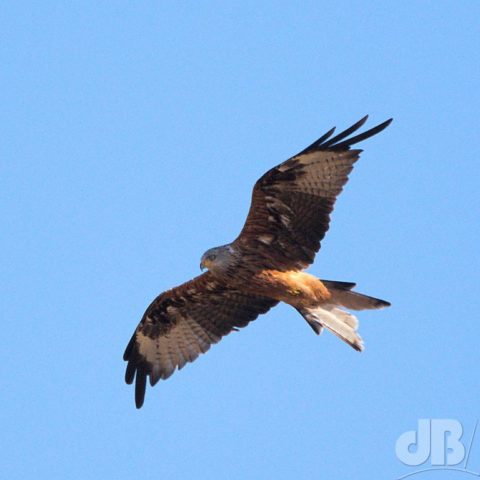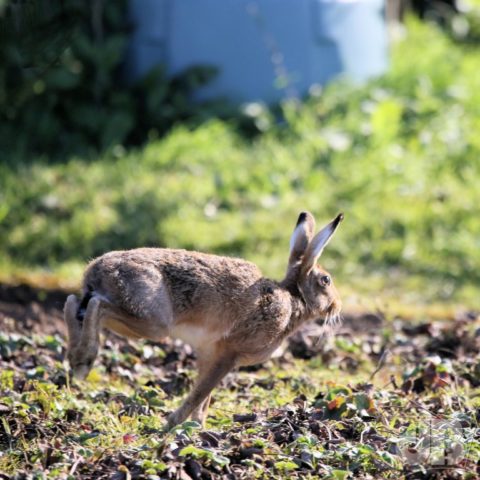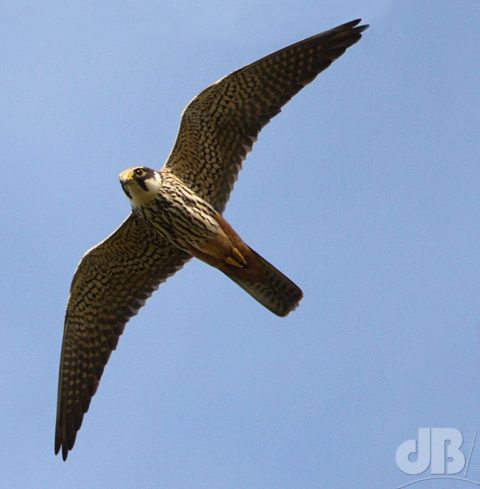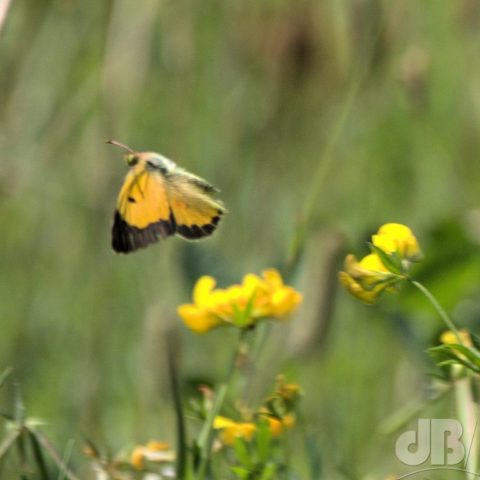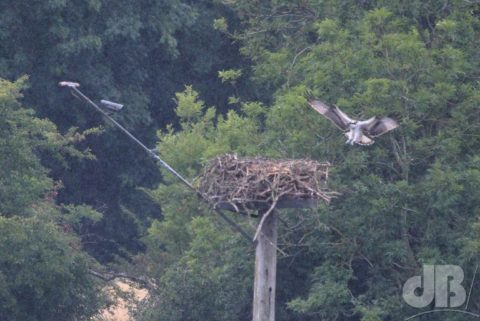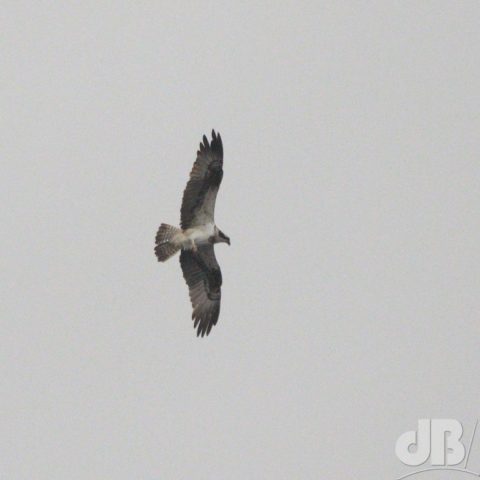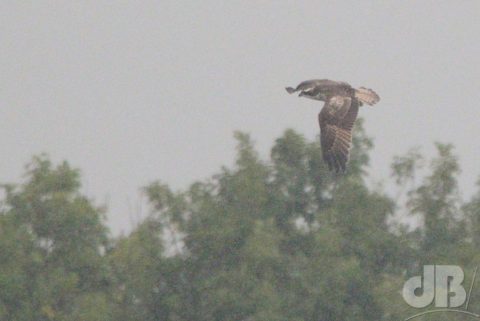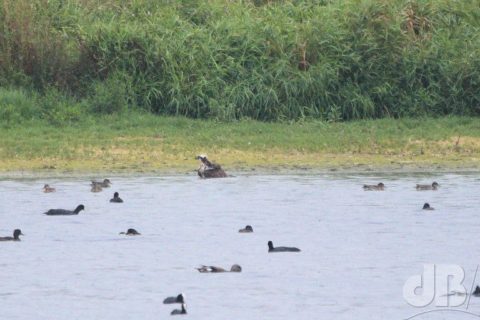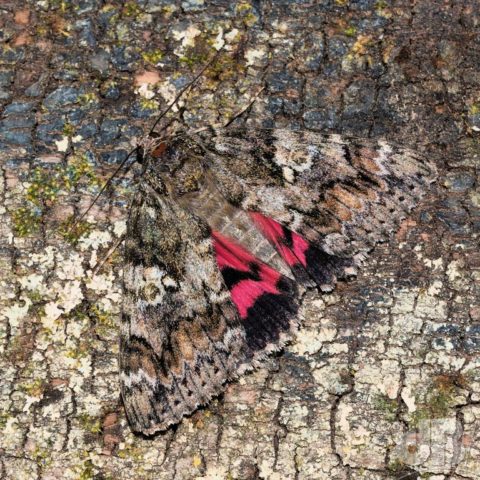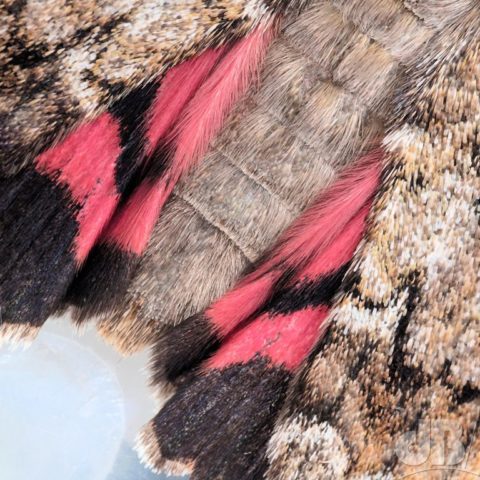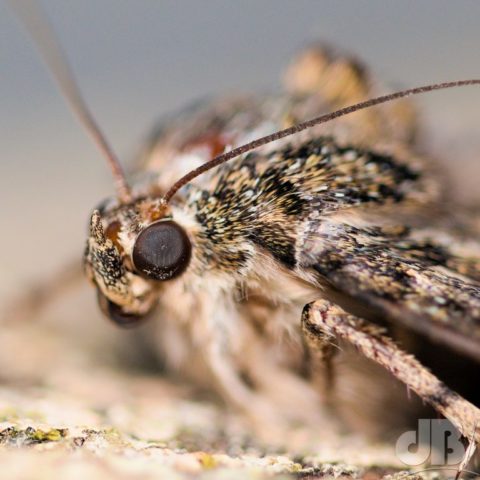The intro to this new song is a bit of a curveball, almost an accidental hint of a funked-up White Stripes, but it quickly pans out into something of a blue-eyed funk rocker with hints of The Police, Chic, Santana, and even the Red Hot Chili Peppers.
Given the chord progression, there’s a significant nod to the 1971 live version of one of my favourite songs (“It’s too late”, by Carole King) with a little musical reference to that at the end of the middle-8, and the title itself was an extension of that song title. It all ends with a digitally delayed twist on the Manic Street Preachers who were, at the time, nodding to Rush…
Too much, too soon
There is a comforting solution
To all the threats we face today
We have to trust in our salvation
Trust ourselves to find a way
Making a case for all the answers
Never let them slip away
Too much, too soon
We won’t be saved by old traditions
Got to stand up to the fools
Throw them out at the next auditions
There is comfort in solution
Never let them slip away
Words and music by dB/
Vocals, guitars, and bass dB/
Chopped up iRealPro drum track and organ
Available to stream via the Sciencebase Soundcloud and to stream or download on BandCamp at part of my Lockdown LP
Oh, and there will soon be a little bonus for people who care about such things…I’ve disabled all the effects (guitar overdrive), reverb, delays, EQ, compression etc and done what you might think of as a “rehearsal-room mix” with just the raw instruments direct into the desk. Busy rendering the mix to share here…watch this space.
